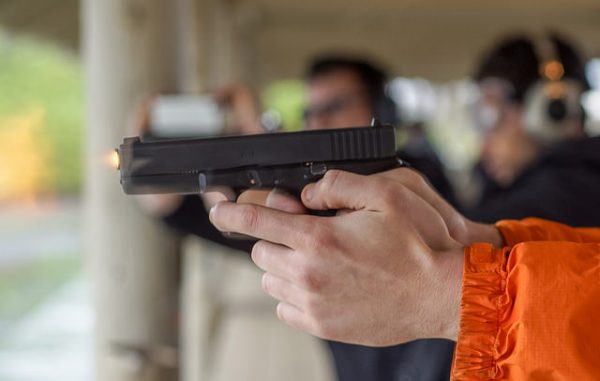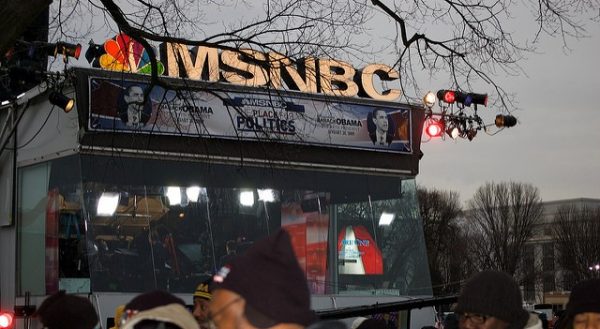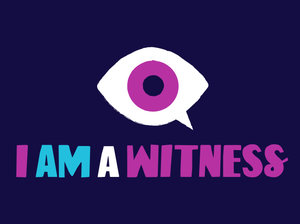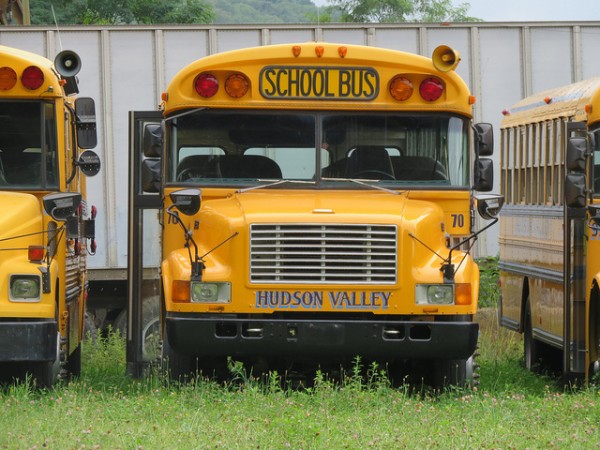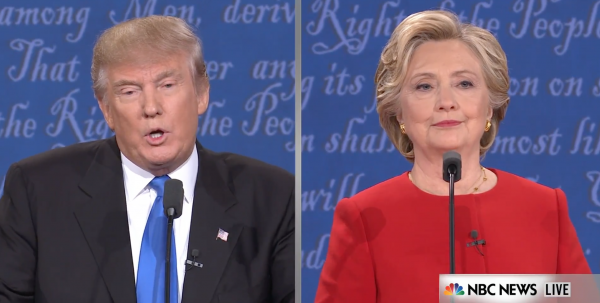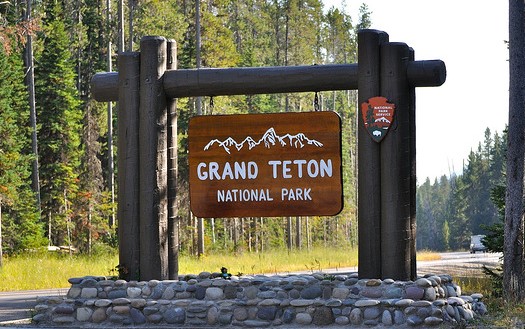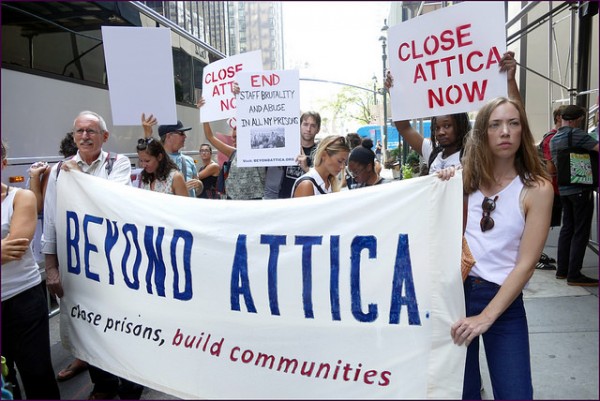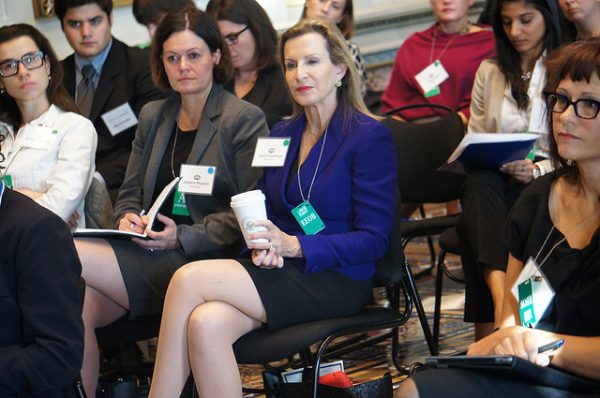
It’s no secret that the U.S. lags behind many other countries in terms of the number of women in politics. In Congress and state legislatures, women occupy less than a quarter of available positions. Hillary Clinton enters this arena, hoping to be the first female president in the US (but not first in the world: see Mindy Fried’s “Global Women at the Top”). Sexist critiques of Clinton range from criticizing her voice for being too loud, too shrill, and too naggy, to anti-Clinton merchandise that reads, “Don’t be a pussy. Vote for Trump,” or “Hillary sucks but not as hard as Monica.”
While there is some incentive for women to enter male-dominated fields–the pay and status is often greater–there are also negative consequences. Sexual harassment may function as a form of backlash against powerful women who challenge gender norms by entering male-dominated fields or positions. Many women report sexual harassment at work and female supervisors report especially high levels. These consequences occur on a much broader scale, as well. For instance, when women enter occupational fields traditionally dominated by men in large numbers, the average pay for those jobs decreases over time. To explain this phenomenon, scholars point to society’s devaluing of women’s work more generally.
- Youngjoo Chaa and Kim A. Weeden. 2014. “Overwork and the Slow Convergence in the Gender Gap in Wages.” American Sociological Review 79(3): 457-484.
- Asaf Levanon, Paula England, and Paul Allison. 2009. “Occupational Feminization and Pay: Assessing Causal Dynamics Using 1950-2000 U.S. Census Data.” Social Forces 88(2):865-892.
- Christopher Uggen and Amy Blackstone. 2004. “Sexual Harassment as a Gendered Expression of Power.” American Sociological Review 6(1):64-92.
So, what happens when men enter fields traditionally dominated by women? In workplaces where women often outnumber men, such as nursing, men actually advance much faster and to higher positions than their female counterparts. This mechanism is known as “the glass escalator.” Moreover, when men are outnumbered by women in a workplace, they perceive more support from coworkers and supervisors than women who work in male-dominated jobs.
- Christine L. Williams. 1992. “The Glass Escalator: Hidden Advantages for Men in the ‘Female’ Professions.” Social Problems 39(3):53-267.
- Catherine Taylor. 2010. “Occupational Sex Composition and the Gendered Availability of Workplace Support.” Gender & Society 24(2):189-212.
Overall men benefit from working in female-dominated fields, while women face greater burdens when they work in male-dominated fields. It is no surprise that Hillary Clinton is experiencing her fair share of harassment and critique: Not only is she pursuing a position dominated by men, but one that has only been occupied by men.
For more on this, check out our TROTs on female leaders and sexual harassment in law professions, as well as this Soc Images post, “Why Aren’t There More Women in Politics?”

